Chapter 7: Integrating Your Favorite Tools
Now that we have your team up and running, it's time to get down to business. We've developed communication channels and honed your company culture and language through regular members, guests, partners, and clients as well as mechanical bots. Your team has the backbone for success; now it needs the tools to set it into motion.
In Chapter 6, Your Workspace Slackbot, we broke down Slackbot. We learned how to create our own bots, incorporate them into our workspace, and set them into action in an efficient way that automated typical everyday tasks. As we progress through our Slack education, we'll continue to learn new ways to set up our workspace using the most effective tools and tips. Having mastered Slackbot, we'll focus now on how to implement helpful additional applications in our Slack workspace. In this chapter, we will cover these topics:
- Learning what a Slack directory is and how to use it
- Creating the perfect app approval process for your organization
- Getting the best apps that every team needs for onboarding and improving work culture
- Learning how to integrate Google Drive, Outlook, GitHub, Dropbox, Twitter, and dozens of other apps
In this chapter, we'll focus on the benefits of applications outside of your Slack workspace. Slack is designed to be your communication hub but does not claim to have all of the tools your unique workspace needs to succeed. To accommodate this reality, Slack opens its doors to outside tools that work on the general level as well as toward specific niches to bring your existing information into a singular space.
What is the Slack App Directory?
The Slack App Directory is essentially your workspace's version of the App Store found on your smartphone. It's your go-to place for any and all apps you can utilize within your company's Slack workspace. The app directory has over 2,000 apps developed to assist you and your team throughout your Slack experience. By connecting your Slack account to the best tools and services already available on the market, you begin to build the most well-rounded workspace possible.
The Slack App Directory appears as shown in the following figure through your Slack application:

Figure 7.1 – The Slack App Directory through your Slack application
Slack understands that you have existing files, documents, contacts, and information stored elsewhere. So, why work out of multiple outlets when you can simplify the clutter and bring all of your tools into a communal space? Apps can be used for multiple purposes depending on your company's needs.
A few things the assortment of apps within the Slack directory cover include the following:
- Adding Slack messages to Google Sheets
- Syncing your Slack status with your calendar
- Receiving event reminders and notifications
- Running a poll to collect ideas from your teammates
- Using screen sharing to resolve problems collaboratively
- Creating and assigning tasks
- Keeping track of each other's schedules with calendar sharing
If you have a need, the chances are Slack has an app to fill it. When searching for existing and new applications to incorporate into your workspace, you'll find that the way apps appear is sorted in a certain format.
Apps are sorted in your workspace in the following ways:
- Your top apps: The apps most frequently used by your team members.
- Apps in [workspace name]: Apps already installed in your workspace.
- Recommended apps: Popular apps you can choose to install in your workspace. If more than 10 apps have already been added to your workspace, this feature won't appear in the directory.
- Pre-approved apps for [workspace name]: Apps the workspace owner has already pre-approved for any member of the team to use. If app installation has not been restricted for your team, this feature won't appear in the directory.
Tip
Select Filter in the upper right-hand corner of the Apps page to view apps by type or category.
This sorting format allows you to discover new apps you might not have previously taken advantage of, while also painlessly integrating the apps you're already familiar with. The app directory works to bring external applications directly into your workspace to get more work done without having to leave Slack.
Getting apps into your Slack workspace
Applications are a type of software that works to connect a tool or service, such as Google Drive or Salesforce, to Slack. Apps can be built specifically for Slack or simply adapted and integrated into an existing workspace. Adding apps to Slack creates a centralized working environment. This allows your business to streamline information for all of your internal and external members from a singular source.
The Slack App Directory is the hub for all Slack-reviewed apps built to work through this communication medium. You can view the directory through your internet browser on your desktop or through the Slack application. You can find the directory through the Apps icon in the left sidebar on your Slack page, to search for new apps or open existing apps.
To integrate an outside app into your Slack workspace, you first need to create an account with that service. Depending on the app, you may be able to utilize the service for free when paired with Slack, or with a paid plan. If that information is offered by the developer, it will be described in the Slack directory as follows.
Pairing options for outside accounts with Slack are the following:
- Free: You can use both the service and Slack for free.
- Free and paid plans available: You can use the service and Slack for free, but paid options are available.
- Paid with free trial: A paid account is required with the service to use it in Slack, but there is also a free trial option available.
- Paid: A paid account with the service is required to use it in Slack.
Any general member can add apps by default to their workspace, but workspace owners/admins have the right to restrict the ability to add apps. If you are not given permission to install an app, you may have to submit an app request for approval.
Now let's see how the Slack app approval process works.
The Slack app approval process
Apps are a critical part of combining the tools that keep your company running with your organization's communication center. With the power of the Slack directory, tools such as your calendar events, company and client contacts, and external file folders and drives can be brought into your very own workspace. The Apps tab can be reached through the More option shown on the left sidebar of your Slack workspace:

Figure 7.2 – The App tab option as seen in your Slack application
Once you've been directed to the Slack App Directory, take the following steps to add an app to your workspace:
- Select the Apps button from the More tab on the left sidebar.
- Search for the app you're looking for, then click Add, and you'll be directed to the Slack App Directory.
- Click Add to Slack.
- Follow the prompt that appears to install the app. If the application is already installed, it will then request your login information to connect your account.
While many apps will be used by most of the members of your workspace, there are some apps that could be used on a team-to-team basis based on the nature of the service. Because of this, some workspace owners and admins may require a member to request to add an app to the workspace before it's added by the team member. To send an app request, take the following steps:
- Select the Apps button from the More tab on the left sidebar.
- Search for the app you're looking for, then click Add and you'll be directed to the Slack App Directory.
- Click Add to Slack.
- Create a custom message with information regarding your request.
Depending on your workspace owner, this step could be optional or mandatory.
- Submit your request.
After it has been reviewed, Slackbot will deliver a direct message to you.
Any member within your Slack workspace will be allowed to connect to and utilize an app once it's installed. Now that you know how to find and install an app in your workspace, it's time to put them to work.
Using apps in Slack
After an app is officially installed in your workspace, it's ready to hit the ground running right away. As we discussed in Chapter 6, Your Workspace Slackbot, apps also have bots that can be directed and used to your advantage. Some apps send a welcome message and directions to get you familiar with tips on how to set it up and get started. Others provide a Home tab where you can find general information, configure app settings, and other necessary instructions.
For example, Google Calendar automatically generates a welcome message to connect your account, as you can see in the following screenshot:

Figure 7.3 – Google Calendar is a common app Slack users utilize
Depending on the app, you may also be able to utilize the shortcut feature to take specific actions in Slack. You can use shortcuts to do typical things in your workspace such as setting a reminder or writing a post. But with apps, you can also use shortcuts to set up an event, book a meeting, or even create a document, presentation, or GIF.
You can find the shortcut menu by selecting the lightning bolt icon at the bottom left of the message box:

Figure 7.4 – The more apps you have, the more options will be available in your shortcut options
Another way to access your apps is through individual messages sent in a direct message or on a channel or thread. Simply select the More actions option on a message to utilize an app's features.
No two apps are built the same way and there is an endless array of apps to choose from in your Slack directory. Utilizing apps to create a more efficient team is a top priority when incorporating them into your workspace, but you should also make an effort to use apps more smartly.
Here are some quick tips for using apps:
- Avoid clutter: As we've discussed in each chapter, we always want to avoid unnecessary messages and posts when possible. Pay attention to apps that use a high volume of updates and may require a separate channel to control the flow of constant data.
- Familiarize yourself with the app's features: Each app has its own shortcuts and commands. Get familiar with each so that you can employ its tools when the time comes. This includes slash commands that will allow you to take action immediately rather than heading to the Shortcut tab from the message board or the More Actions option.
- Pay attention to the logistics: Keep an eye out for an app's terms and conditions as well as capabilities and permissions, otherwise known as scopes. This is the outline of how an app functions with your workspace. Scopes will be discussed further in Chapter 10, Building Your Own Bot.
If you keep these things in mind, your apps should have a smooth transition into the flow of your workspace. Apps have a variety of tools and services to offer you and your team. We've brought apps into Slack and we've learned what to expect and how to familiarize ourselves with them, so now let's learn which tools you and your team should keep an eye out for when it comes to improving your overall Slack experience.
Using Slack apps to improve your work culture and onboarding process
Apps serve many purposes across your team, whether it's importing calendar events or connecting outside documents and files directly into your channels. But apps can also work with your team in other ways than simply bridging the gap from one workspace to another. Many apps are designed to pair well with tools such as Slack to assist you and your team with onboarding and developing a workspace culture through a digital lens.
There are a variety of categories for these types of apps, from Health & Wellness to Working from home.
The Slack App Directory can be found through your desktop browser, in addition to your Slack app:
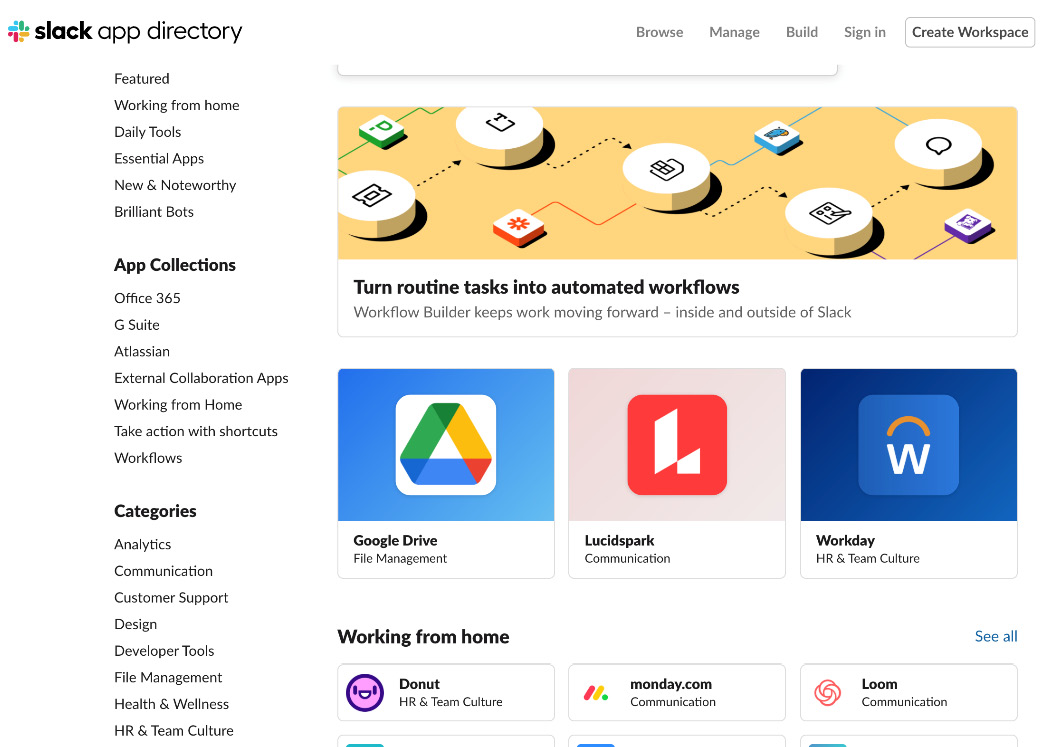
Figure 7.5 – The Slack App Directory home page on desktop
There are over 2,000 apps to choose from when it comes to finding the right fit for your company's vibe, so we'll take a few popular choices that serve a purpose in almost every workspace to make the search a little easier.
We will look at some of the best apps for improving a company's culture in the following sections.
Simple Poll
Simple Poll is quite literally what it's titled – a simple poll. With this app, you can create polls and surveys directly in your Slack workspace to get team members', clients', guests', and partners' feedback immediately, whether it's a big decision about your latest project or simply deciding on a place for lunch.
Simple Poll can be found in the Slack App Directory as shown in the following figure:

Figure 7.6 – Simply Poll is a quick and easy way to get company feedback
Once the app is installed, all you have to do is set the /poll command followed by the poll information and click Send. You'll get feedback within seconds, without going through the process of outsourcing to an application such as Google Forms.
Donut
Donut Bot is an easy and effective way to build relationships within your team – even when you don't work physically with one another in the office. Donut is essentially everyone's mutual friend. The app works to introduce members of your team to one another in a virtual environment by creating specific events, channels, or direct messages to introduce themselves and begin a conversation.
Donut can be found in the Slack App Directory as shown in the following figure:

Figure 7.7 – Donut works to fast-track onboarding new members to your team
Donut works like any bot, so you can set it up to interact with your team in specific ways. To quickly introduce new members, guests, clients, or partners that join your workspace after it's set up, use Donut to reach out to groups or pairs of people to set up a time to chat, grab coffee (or donuts) in person, or virtually create a more cohesive working environment.
Giphy
You may recognize Giphy from social media platforms as well as your smartphone messages. Giphy is a fun, interactive way to convey a message to your team members that gives a more personal and casual tone to your conversation.
Giphy can be found in the Slack App Directory as shown in the following figure:
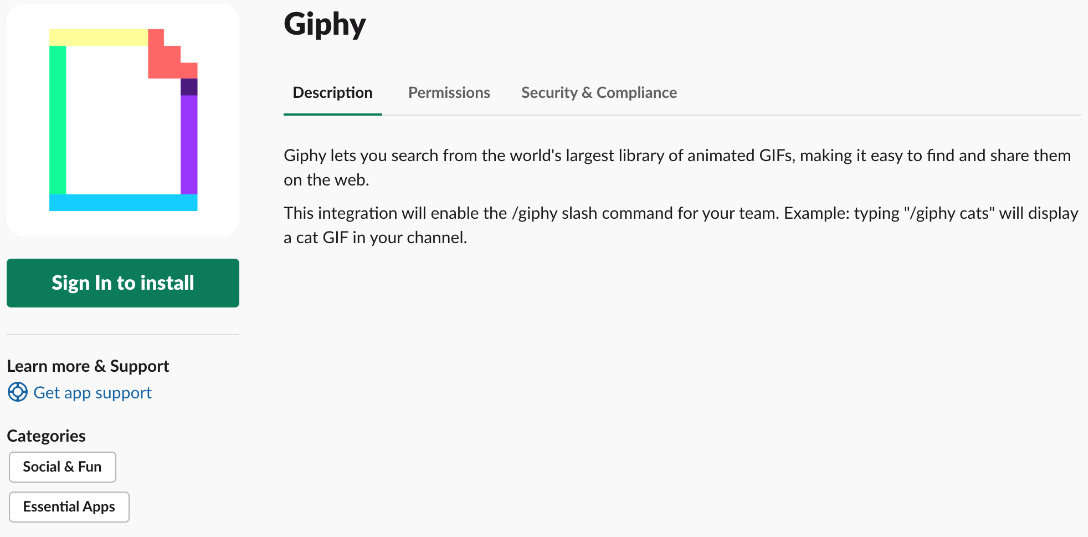
Figure 7.8 – Giphy allows you to take moving images and incorporate them into your images
You can choose from the hundreds of thousands of animated GIFs to use in response to a message by typing /giphy followed by the type of GIF you wish to send to enable Giphy's features.
Zoom
In the age of working from home and digital offices, Zoom is a critical part of any team. Although you can utilize video meetings from your Slack channels, Zoom is an app widely used by companies and workplace professionals that can be easily integrated into Slack and incorporated into your company culture.
Zoom can be found in the Slack App Directory as follows:
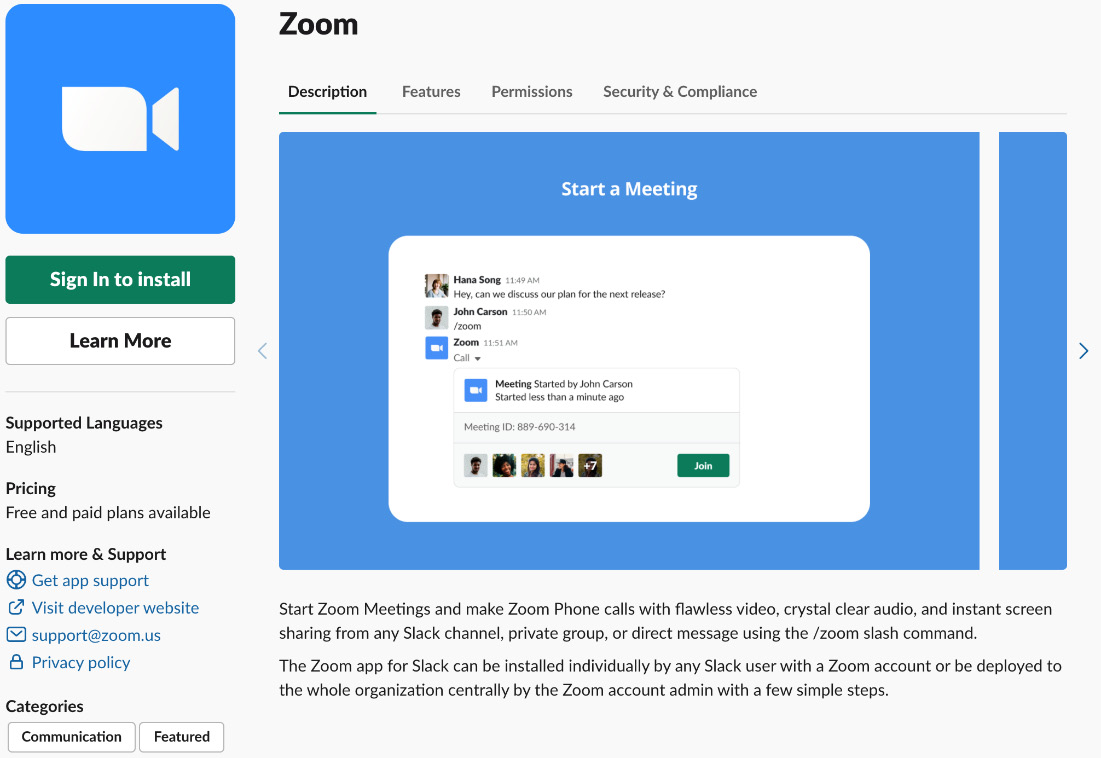
Figure 7.9 – Zoom offers instant video and audio chats through the app's integration with Slack
Zoom allows you to see and hear your team members in real time so it doesn't feel like your computer is your only co-worker. Bring your office space to life with conference meetings as well as company celebrations to personalize your socially distanced workspace.
Troops
For any team utilizing Salesforce as a part of the company structure, Troops is the Slack app for you. Troops offers the easiest means of utilizing Salesforce directly from the Slack interface to keep sales members informed and connected.
Troops can be found in the Slack App Directory as follows:
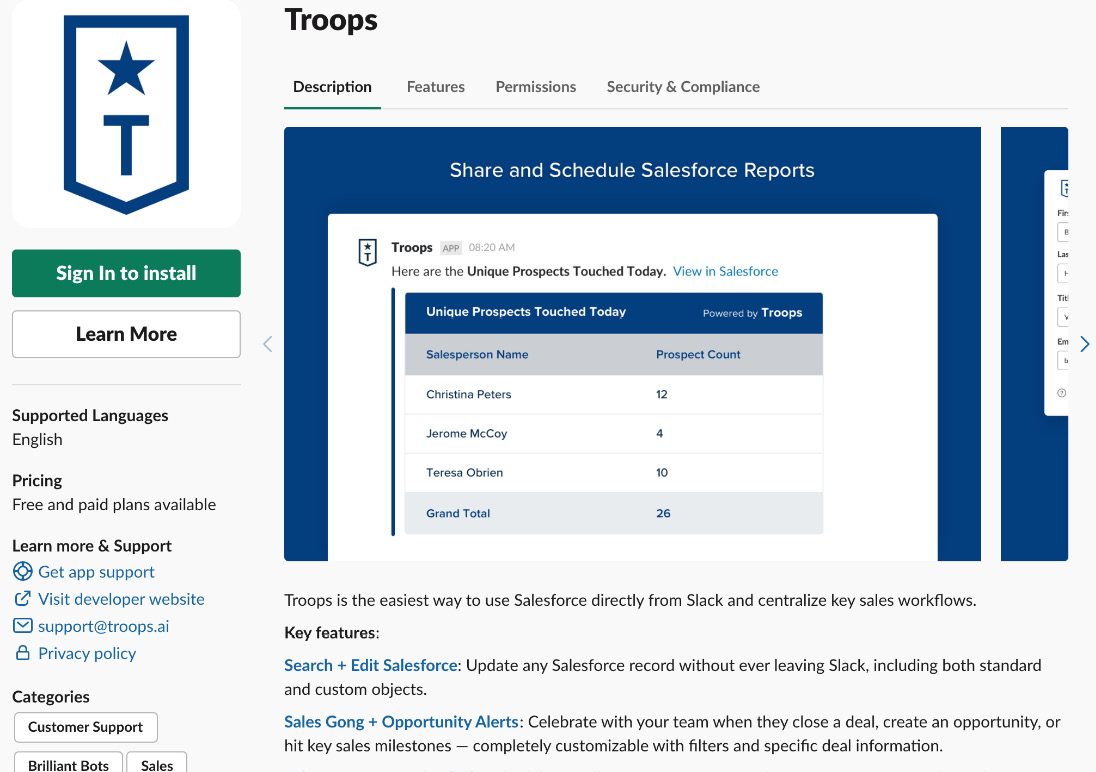
Figure 7.10 – Troops is the bridge that brings Salesforce tools into your Slack workspace
The app allows members to work collaboratively while managing and reporting on sales pipelines and centralizing workflows to celebrate updates and wins together. It also allows your sales members to have a place within your Slack workspace and convey information to all members who might not have previously been aware of or had access to.
All of these apps have something different to offer to the overall strengthening of your workplace as a team. Communication is a key factor in developing and maintaining a bond across the tiers of your company's hierarchy. Apps such as these help to bridge the communication gap in digital workplaces while promoting a fun and inviting place to work.
Now let's see some of the most commonly used Slack apps and integrations.
The most common Slack apps and integrations
There are hundreds of apps to utilize within the Slack workspace. We could literally write a whole other book describing them all. It's difficult to pick and choose which ones to highlight over the others and that's why it's important that you and your members do your own research within the Slack App Directory as well as finding out which apps fit the needs of your team. The Slack App Directory offers App Collections, Slack Picks, and varying other categories, such as Daily Tools, to help narrow your search process:

Figure 7.11 – Daily tools offered on the Slack App Directory
To make life simpler, we broke down a few key apps every workspace has a unique use for. In the following sections, we will look at some of the most common Slack apps and integrations.
Google Drive
Google Drive is the basis of many workplaces. With so many critical features, such as Docs, Sheets, Forms, Slides, Gmail, and so on, it's important that Drive finds a home within your Slack workspace. All of the Google Drive applications, as well as Google Drive itself, can be found in the Slack App Directory:
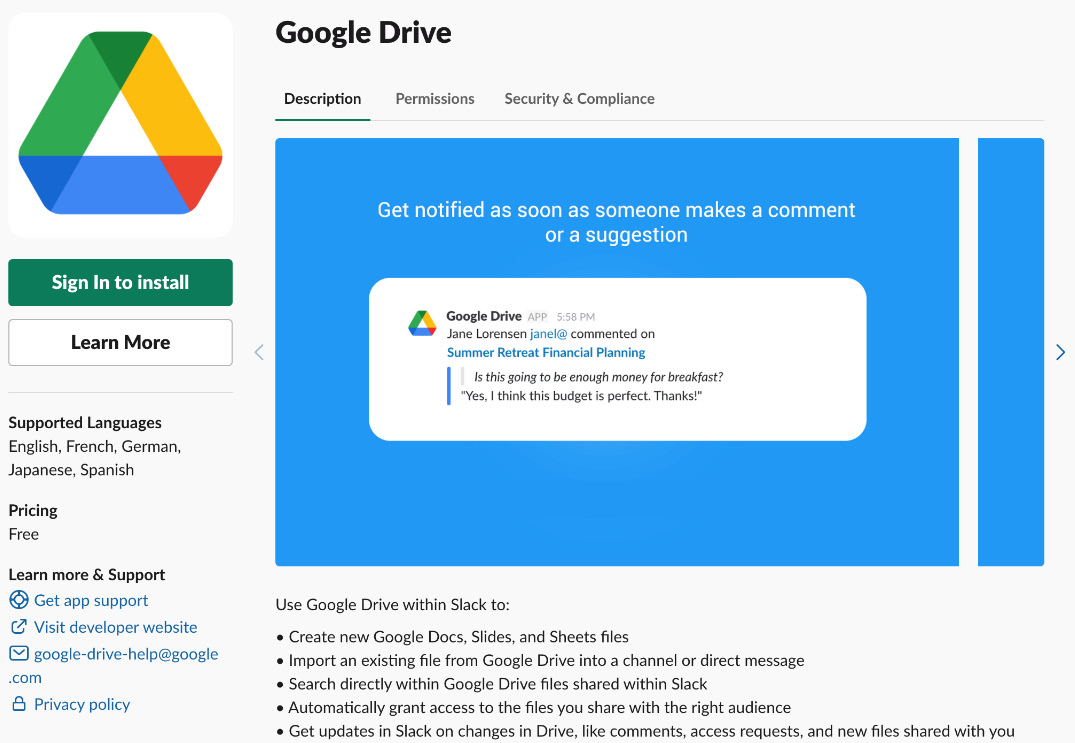
Figure 7.12 – Share Google Drive files and docs directly with your Slack channels
If you're familiar with Google Drive's many functions, bringing the app into your workspace simply becomes an extension of the tools you have already used. Search for Drive files and docs shared within your Slack workspace within the app, as well as automatically granting team members access to shared docs and replying to comment notifications that are then posted directly to the file. Work within Drive, within Slack. It's really that simple and a real time-saver.
Dropbox
Dropbox is the Slack of file hosting services, collecting files, documents, cloud content, and more in a centralized location. Now, with the power of Slack apps, you can bring your already saved and organized files straight into Slack. Dropbox can be found in the Slack App Directory:
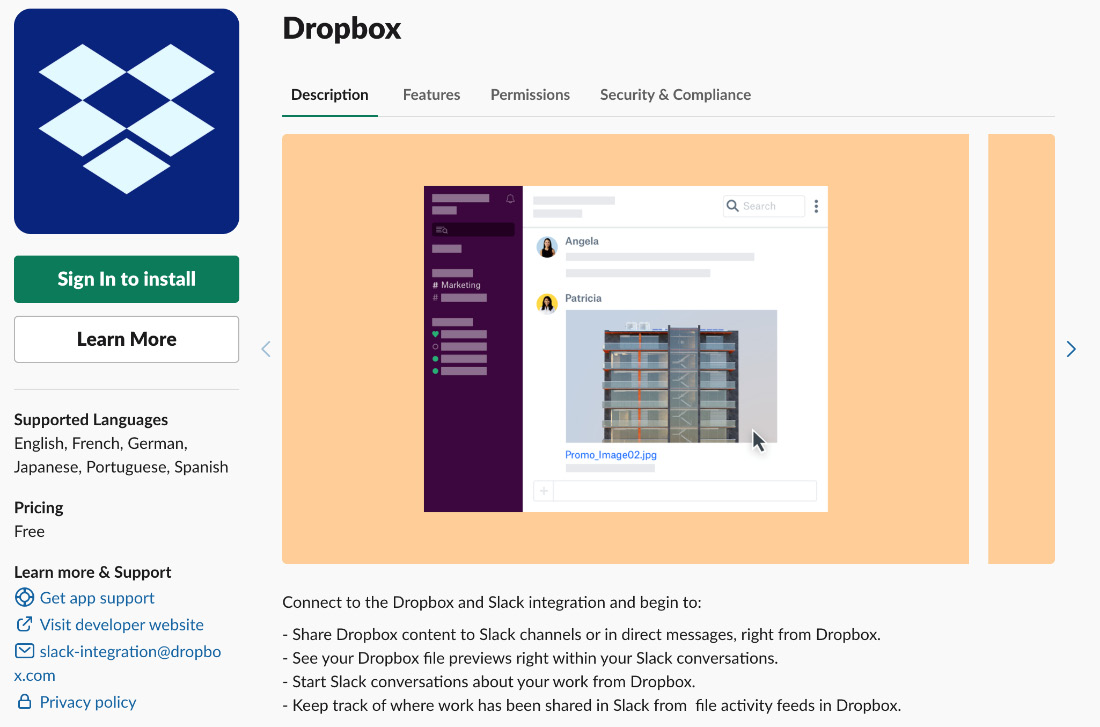
Figure 7.13 – Import and share Dropbox files with Slack team members
Share already existing content from Dropbox in Slack channels or direct messages, view file previews, and keep track of where your work has been shared across your workspace. Combine both of these powerhouse tools for an increasingly efficient distribution of information.
Outlook Calendar
Outlook is another application familiar to many offices for company emails as well as calendars. Outlook Calendar allows you to share your already populated and busy calendar directly in Slack messages and channels to avoid overlapping events and meetings. Outlook Calendar can be found in the Slack App Directory as shown in the following screenshot:

Figure 7.14 – Outlook offers calendar reminders in your Slack workspace
This app is a great way of letting your team members know when you're free, busy, out to lunch, in a meeting, or even just working from home, away from the office. You can even use Outlook Calendar to create your own meetings and events through shortcuts within Slack to immediately share company-wide.
GitHub
GitHub has become a critical part of workspaces as the digital age continues to grow with the advancement of software development. For particularly tech-savvy organizations, the GitHub app is a great way to combine coding software with the communication outlet you use to discuss it. GitHub can be found in the Slack App Directory:

Figure 7.15 – GitHub brings your coded work to your Slack channels
Use the /github subscribe [owner/repo] command in Slack to start receiving updates from GitHub about a specific project's commits, pull requests, issues, code reviews, and deployment statuses.
A popular social media application, Twitter can also be a useful tool for many organizations using Slack by keeping companies connected to their customer/consumer base. Slack, like social media, exists to keep people connected with one another. With the Twitter app, keep your team members connected with your Slack and Twitter accounts in a combined space. Twitter can be found in the Slack App Directory as shown in the following figure:
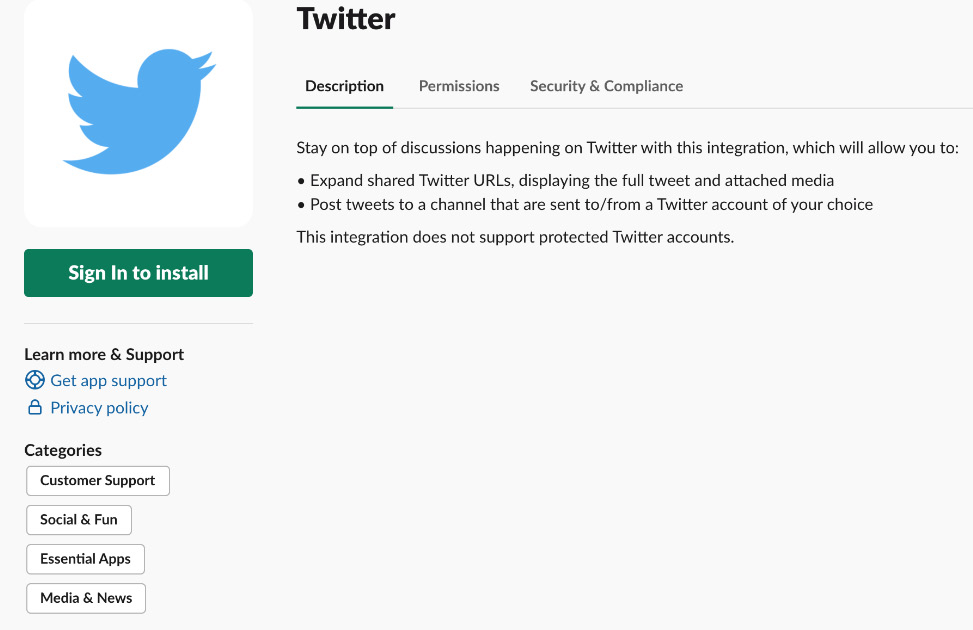
Figure 7.16 – Bring tweets and Twitter threads directly into Slack
Not only does the Twitter app provide a resource for customer feedback and interactions, but it also expands a network for news media organizations utilizing Slack. You can post tweets directly to channels and direct messages as well as expanding tweet URLs to view attached media.
Once your unique assortment of apps is downloaded to your workspace, you can filter through them by category in the Slack App Directory on the Slack app. Some of the category types include Analytics, Design, HR & Team Culture, and Sales & Marketing:
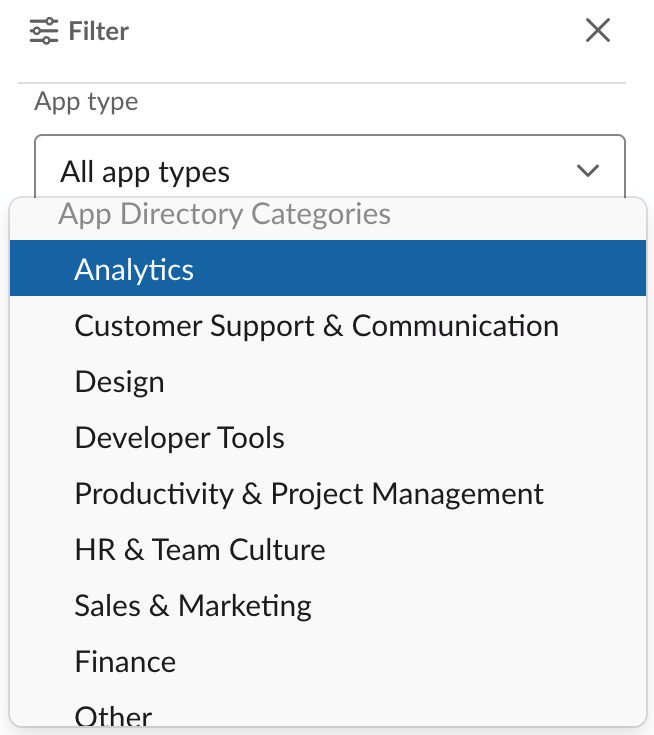
Figure 7.17 – Slack App Directory categories
The options are truly endless when it comes to creating the right assortment of apps, and no two workspaces will have the same collection in operation. We've listed some creative communicative suggestions as well as critical everyday integrations to get you started, but now it's up to you and your team to personalize your app selection to set your company up for all-round success.
Summary
This chapter taught us how to integrate some of our favorite external applications into our Slack workspace. We discovered the Slack App Directory and the thousands of app options and categories it has to offer teams, bettering communication; onboarding; and sharing files, documents, schedules, and even tweets directly in your Slack messages and channels. We discussed some of the best and most popular apps to download and learned how to find the right apps to fit the needs and culture of our workspace. With a wide variety of options at our disposal, we're now going to shift gears to focus on a particular integration to simplify the apps you bring into your workspace.
In the next chapter, we'll take on an even easier way to make this merge possible: Zapier. We'll discover how this integration tool creates workflows, or "Zaps," for your channel, automating them, finding the right plan, and ultimately bringing your outside information and applications into your workspace for the most efficient Slack experience possible.
